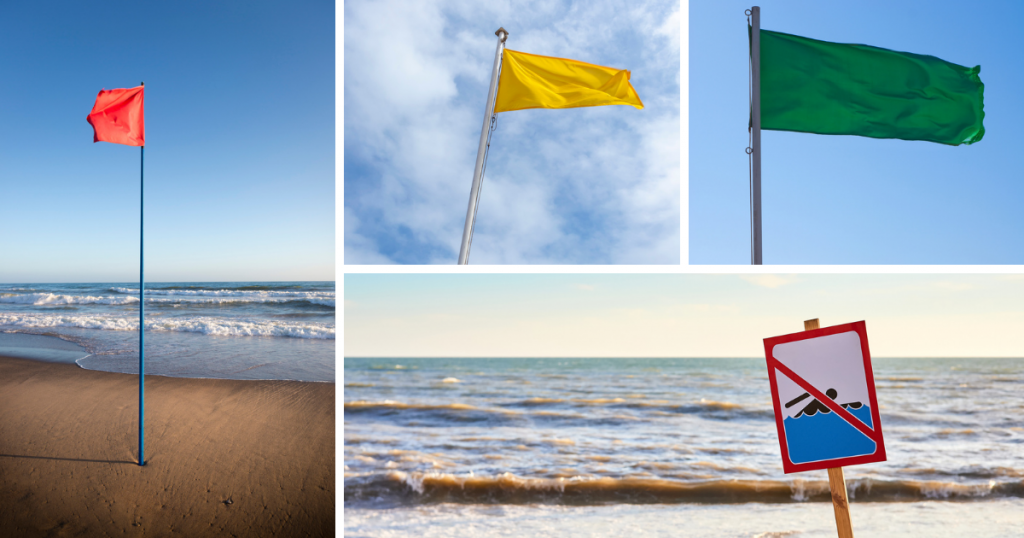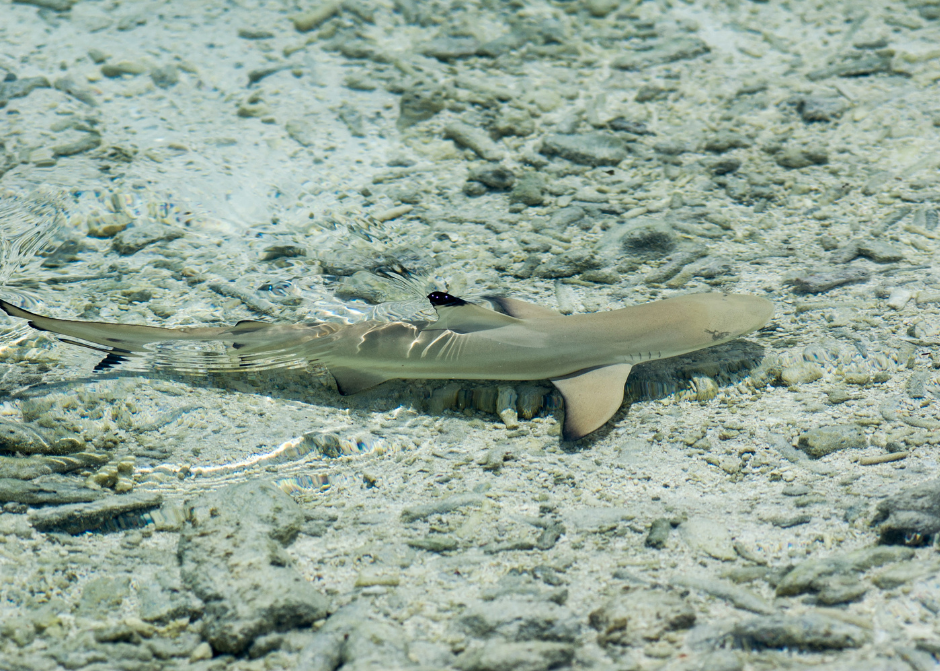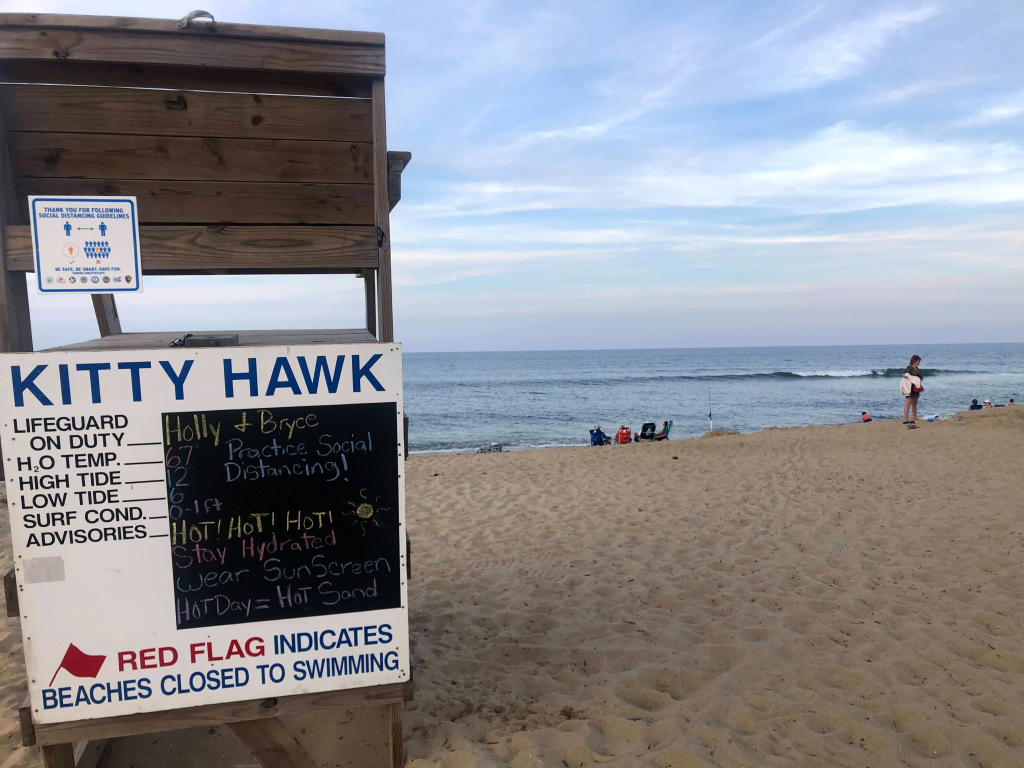Taking a trip to the Outer Banks can be an enjoyable and memorable experience. As much fun as it can be, beach safety must be a top priority for those who visit the OBX. Whether you are taking a stroll on the beach, going sailing or taking a dip in the ocean, we want to ensure your trip to the beach is just as safe as it is fun. Here are our top five OBX beach safety tips for those who want to stay safe in the Outer Banks.
OBX Beach Safety Tips:
1. Rip Currents

A rip current is a localized current that flows away from the shoreline. In fact, it can be so strong, even the strongest swimmers can struggle to escape one of these. With the possibility of rip currents being as large as 50 feet to 100 feet wide, these currents can drag people away from the shore in just a matter of seconds.
Remember, respect the power of the ocean. Be wary of the following indicators for rip currents:
- Churning, choppy water
- Deviation in normal water color
- Foam or seaweed moving steadily toward the sea
- A break in the incoming wave pattern
According to NOAA, the National Oceanic and Atmospheric Administration, it is recommended to swim parallel to the shore instead of towards it if you get caught in a rip current. However, if you find yourself being dragged away from shore by a rip current and can't seem to get out of it, it is important to remain calm. Do not fight against the current. On the contrary, allow yourself to float and be carried. Call or wave for help to the lifeguards on shore or other beach goers nearby.
Be sure to keep an eye out for flags on lifeguard stations on the shore and read any signs thoroughly as you arrive. Flags on our public beaches will indicate rip current conditions as the following:
- Green-for calm water conditions
- Yellow-moderate surf conditions
- Red-high hazards for rip currents










